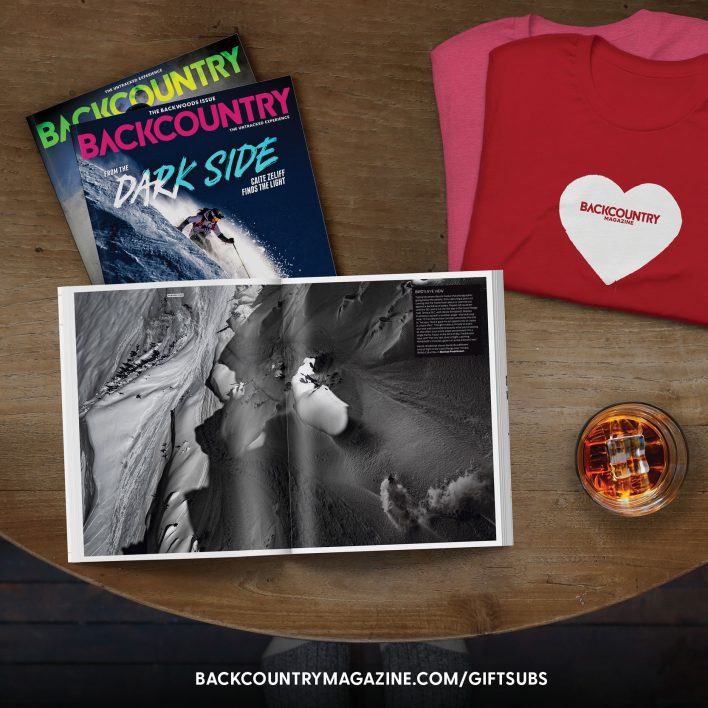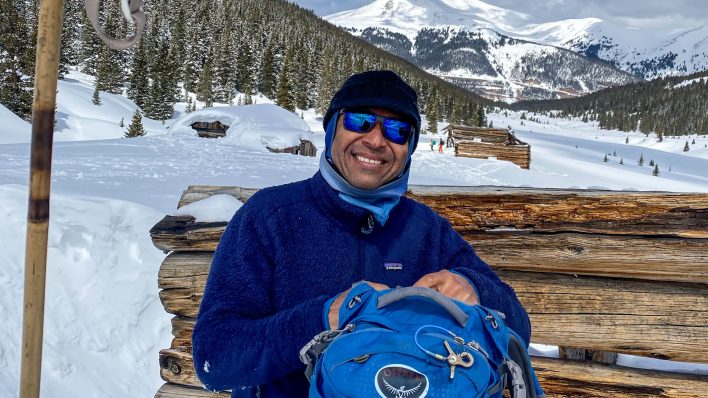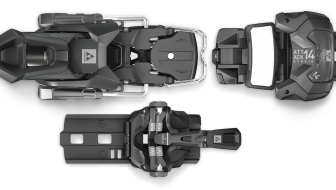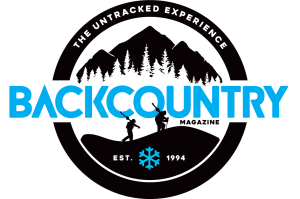As you slip your feet into a brand-new liner, knowing how tight is tight enough and where you can get more room can seem mysterious. From our Gear Test Week bootfitter himself, these are the things to keep in mind when looking for a new boot.

Before you even sit down at the fitting station, staring at the 1987 Lange poster and waiting for the bootfitter to scoot over and appraise your foot, you need to have a conversation with yourself. In this internal chat, identify the type of skiing you normally do, and use that information to figure out what type of boot you need.
Every boot has strengths and weaknesses, not just in performance but in how it can be modified. Hybrid, do-everything boots have thick liners that mold well and shells that can be punched and stretched quickly at most ski shops. In general, lighter boots have fewer fitting options, and while driving an ultralight boot super hard on ice is possible, it can be painful. Imagine rolling the ski on edge and feeling your ankle bone plunge through the thin touring liner and clack against the shell.
How you plan to use a boot also dictates exactly what fit is “right” for you. If ski performance is important, pair an aggressive boot with an equally aggressive fit. If touring performance matters more, avoid sizing down to a race fit and hoping you can punch the boot into submission. Knowing how you want the boot to perform will save you from a lot of discomfort and wasted money later. Once you’ve identified the general kind of boot you are looking for, you can narrow down the options based on your particular foot shape.
Every time you need a new boot, measure your feet. Your street shoe size means very little, and feet change as we age. How a boot fits depends on its overall size, its mondo size (front to back) and its last width (side to side). While boots come in different sizes, they often come in only one width, so knowing your measurements is key. Many people size up to fit the width of their foot and end up in a boot that’s just too big. A hint of caution when it comes to measurements: Unless you know a lot about boots and specifically what boots fit into what bindings, don’t use the boot’s sole length (BSL) to estimate how it will fit. A shorter length doesn’t necessarily mean a boot will be tighter.
Go to a ski shop and put your foot on a Brannock device. Most skiers have had the experience of placing their bare feet on cold metal to be measured. The device provides a letter code for width instead of a number. “A” is very narrow and “EE” is exceptionally wide. A medium or “C” foot usually fits a boot with a stated last width of 100 millimeters.
A proper measurement might get you close to a good-fitting boot, but nothing beats a proper shell fit. The basic steps for a shell fit are to put your foot into the bare shell and slide your toes forward until they barely touch the plastic. Then, check the forefoot width. If the sides of your feet are barely grazing the plastic, that is usually a good, all-around fit. Checking length is best done by having someone else place their fingers in the space between your heel and the back of the boot. This way, you can stand up straight, keeping good posture so as not to affect the measurement. The generally accepted wisdom is one finger for a race fit, two for performance, and three for comfort or extended touring.
Other things to factor in: liners and footbeds. Liners will feel completely different after they’ve been molded. Aftermarket footbeds can take up more space, meaning you might need to go up a mondo size. The goal is to try and predict what the boot will feel like when all the proper fitting steps have been taken.
One last tip for the next time you’re at the bootfitting station in your local ski shop: Finding a boot is not about finding the perfect model. It’s actually about ruling boots out. By focusing on fit and function, you can narrow down choices without spending hours researching every model online. Oh, and finding a trusted place for reviews isn’t a bad idea either.

Get the 2026 Gear Guide
After months of testing—including our weeklong Powder Mountain test and tours across North America—our editors narrowed down hundreds of products into the best skis, splits, boots, bindings and outerwear.
Get your copy today👇 | Learn more »










Related posts: